We may earn money or products from the companies mentioned in this post. This means if you click on the link and purchase the item, I will receive a small commission at no extra cost to you ... you're just helping re-supply our family's travel fund.
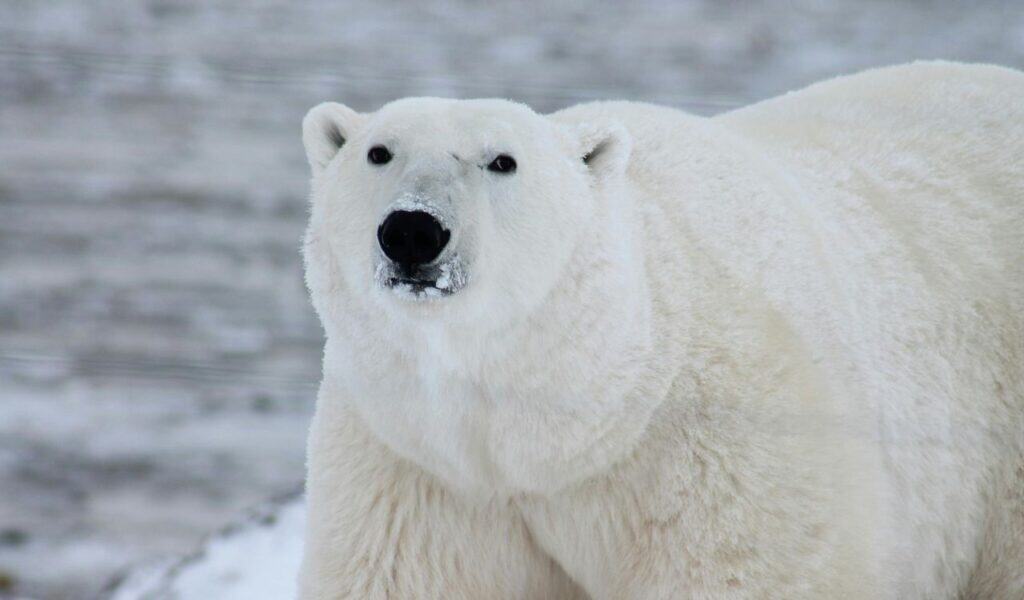
Chasing polar bears means meeting the sea ice where it forms, fractures, and reforms, so timing is everything. Start with land-based sure things like Churchill in freeze-up, then ride the ice edge by ship in Svalbard or Greenland as summer light stretches on. Farther afield, Alaska’s coasts and Russia’s high Arctic offer raw drama under tight protections. Below are nine proven hotspots, with why they deliver and when they shine.
Churchill, Manitoba, Canada

Come October to November, bears stack up along western Hudson Bay waiting for freeze-up, making Churchill the closest thing to a sure bet on land. Guided tundra vehicles and regulated walking tours keep encounters safe and ethical through a short, intense season that earned its Polar Bear Capital of the World nickname. Why it’s here: unmatched reliability in a compact window. Peak: late Oct to early Nov, freeze-up dependent.
Svalbard, Norway
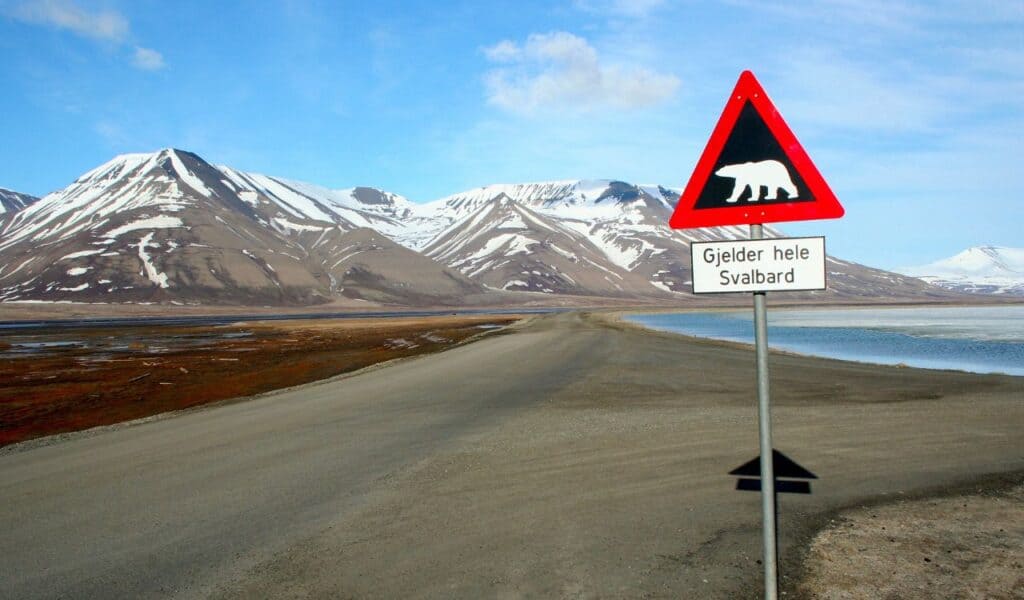
Svalbard offers one of the Arctic’s most accessible bear strongholds by ship, with summer expeditions weaving through Spitsbergen’s fjords and marginal ice where bears hunt seals. Long daylight boosts spotting; the east coast and pack ice leads are especially productive. Why it’s here: density plus ship reach to the ice edge for frequent, photogenic encounters. Peak: May to Sep, access and ice dependent.
Kaktovik, Alaska, USA
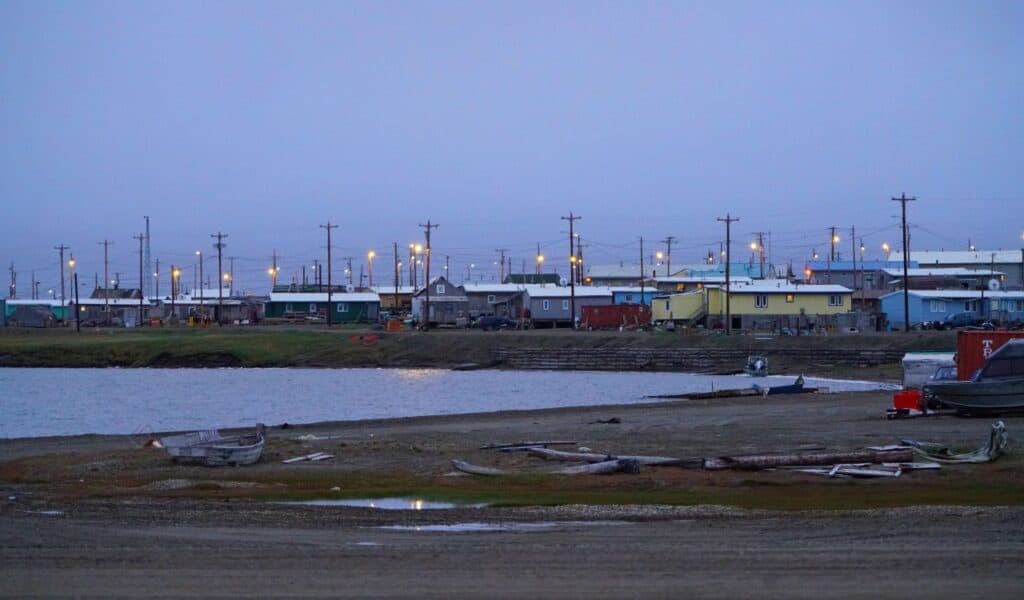
On Barter Island, late summer into early fall concentrates bears around barrier islands and near whale remains along the Southern Beaufort Sea. Small boat and shoreline tours run under strict oversight, offering intimate yet controlled views. Why it’s here: compact geography, seasonal food, and shifting sea ice create high impact photo windows. Peak: Aug to Oct.
East & Northeast Greenland
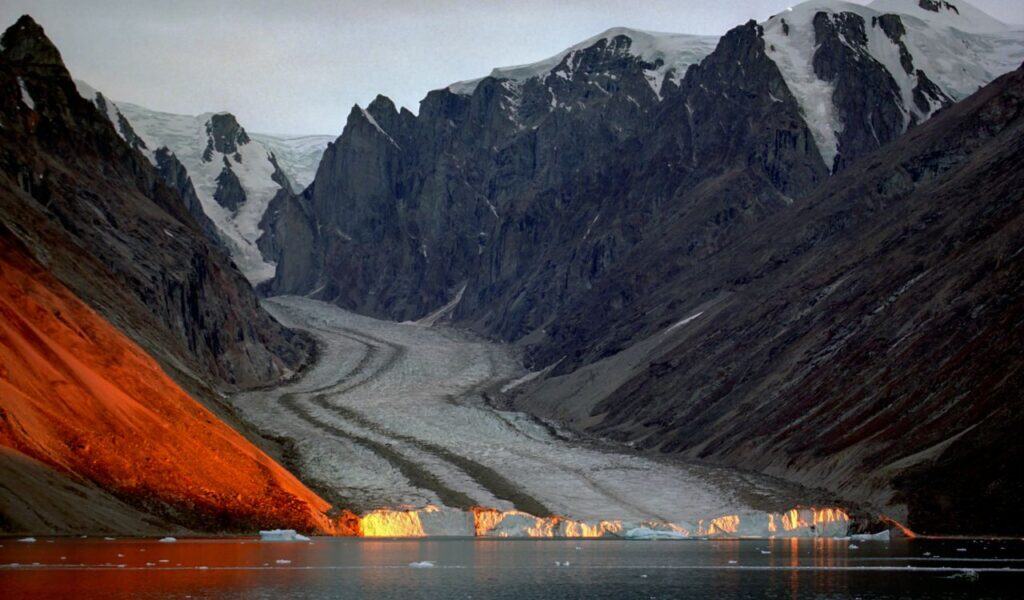
From the cathedral walls of Scoresby Sound to Ittoqqortoormiit and the edges of Northeast Greenland National Park, late summer voyages skirt floe edges where bears prowl for seals. Sparse settlements reduce disturbance, so behavior feels unhurried. Why it’s here: vast, cinematic ice plus aurora season creeping in. Peak: late Aug to Sep.
Wrangel Island, Russia

A UNESCO protected polar bear nursery, Wrangel is famed for exceptional den densities and late summer coastal gatherings. Tight permitting preserves a near pristine stage where shorefast ice, carcasses, and calm seas can draw dozens of bears. Why it’s here: rare access to extraordinary densities. Peak: Aug to Sep.
Franz Josef Land, Russia

Remote and rugged, this national park’s volcanic islands and glacier lined coasts hold recurrent bear activity on shorefast ice and tide cracks. Few expeditions visit, keeping encounters undisturbed. Why it’s here: stark high Arctic drama with bears on floes and bergy bits. Peak: Jul to early Sep.
Arctic National Wildlife Refuge, USA
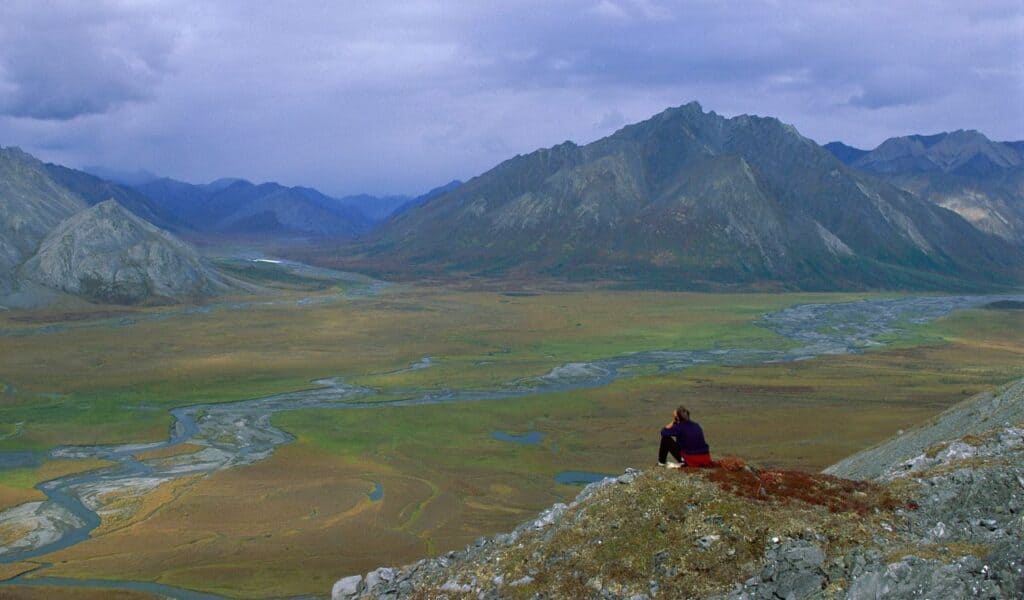
The Beaufort Sea coastal plain is critical denning habitat; specialized fly in and boat logistics are essential and tightly regulated. Time it right, and post den emergence can reveal mothers with cubs heading to coastal leads. Why it’s here: unique denning context under strict protections. Peak: denning Oct to Apr with emergence late winter to early spring, coastal late summer.
Nunavut, Canada
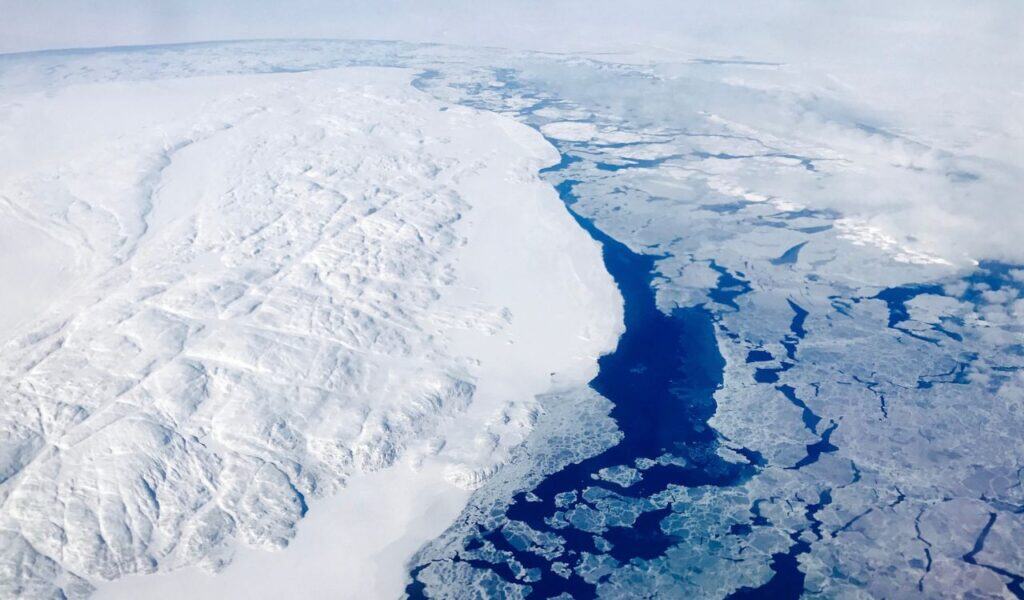
Along Hudson Bay and Baffin coasts, from Arviat and Rankin Inlet to Iqaluit, guided seasons target floe edges and coastal corridors where bears shadow seal breathing holes. Break up and freeze up bookend the prime windows, with community led operations adding cultural depth. Why it’s here: vast coastline and dynamic ice for seasonal encounters. Peak: May to Jun on the floe edge and autumn freeze up.